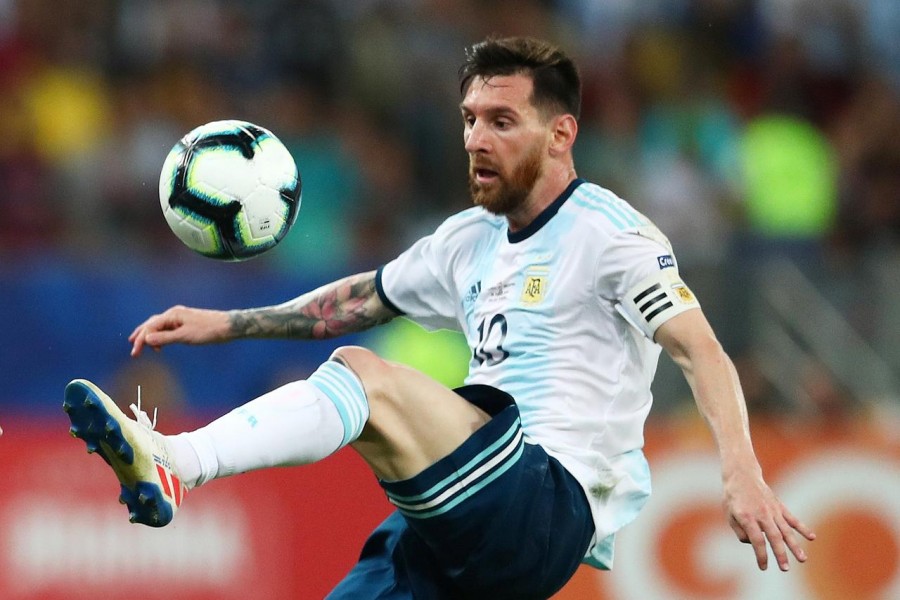On November 16, 2003, an Argentine winger was introduced to Barcelona in a friendly clash against FC Porto. 17 years after, that winger has come to become one of the greatest, if not the greatest, players in the history of football. From right wing to the centre to midfield when needed, this man has already shown his adaptability to new coaches and new systems. He is Lionel Messi.
Messi began his career as a blistering out-and-out right-winger. With beaming pace and sensational dribbling, he was often seen cutting from the right side to his favoured left foot. He would then either shoot or thread passes as smooth as butter. Even in Frank Rijkaard's disappointing season of 2007/08 which marked his departure from the dugout of the Catalonian giant, Messi had 10 goals and 13 assists to his name.
The world came to know what Lionel Messi is only when Pep Guardiola arrived at Camp Nou. Under Pep's new regime, Messi took up a rather different role. He played as a ‘false nine’ and exploded in an unreal manner. Pep's last season saw Messi scoring a staggering 73 goals across all competitions with assists as many as 35 times overall. His out of the world performance under Pep brought him the BallonD'or twice in 2009-10 and 2011-12 seasons.
After Pep, Messi was seen back to the flanks under the tutelage of Luis Enrique. But this time, he assumed the role of a modern No.10 or a playmaker. His adaptive ability led to the successful formation of the great attacking trident of Messi-Suarez-Neymar (MSN). With Suarez spreading the defensive lines thin or Neymar drawing in players out of his position, Messi capitalised and scored in bulk from those obvious goal-scoring opportunities.
The post-Enrique tumultuous period brought out a different role for Lionel Messi. With age and time, he was now deployed as the main central outlet. In the past few years, Messi had been seen playing as a centre attacking midfielder often moving deep into the midfield to create chances. Although the job description asks of him to start attacking moves, he was also seen being held responsible for finishing off those attacks. Nevertheless, under both Martino and Setien, Messi adapted his game according to the team plan.
If we further analyse Messi’s heat map under Ernesto Valverde and Setien, we can point out to a common denominator. Messi has been more centrally involved than ever, dropping to the deep-lying midfielder position at times. This all started under Valverde when Messi looked like a central midfielder. He was seen dropping back to collect the ball from the backline and spreading it wide to the flanks. Up until Setien’s departure, Messi’s heat map marks red in central areas. He has most touches on the ball around the centre circle and that extends almost at the foot of the opposition’s penalty box. Although he has been putting up the numbers as an attacking mid, he is in fact dictating the play from a deeper, more central midfield role in recent years.
With Koeman now entering the frame, a new role may perhaps be bestowed on Messi. In the first few games, Messi started as a false 9 after a long hiatus. He seemed comfortable with the role but lacklustre performance from the forwards puts Barcelona in a dilemma. Till they sign a centre forward, we can expect to see Messi feature more down the middle as his quick feet and dribbling will be crucial for build ups. Nevertheless, a dip in form in the recent matches may have Koeman thinking about where Messi can best serve the team and himself.
Naveed Ashfaque is a junior year student studying Marketing at BUP. He can be reached at naveed1327@gmail.com.


